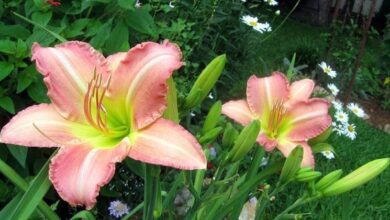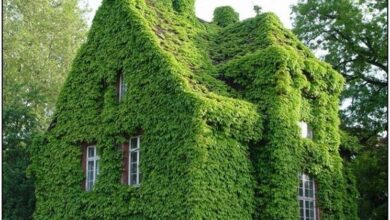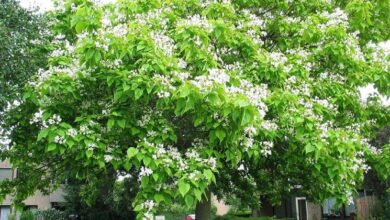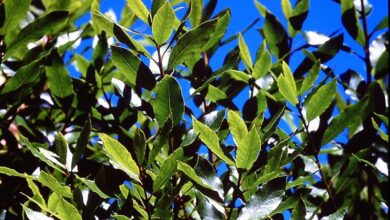Cotoneaster bonsai
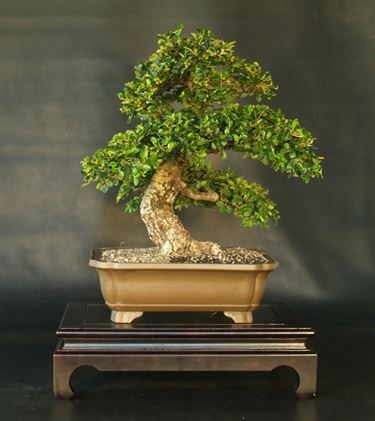
Main characteristics of the Cotoneaster Bonsai

Annual Cotoneaster Bonsai exhibition
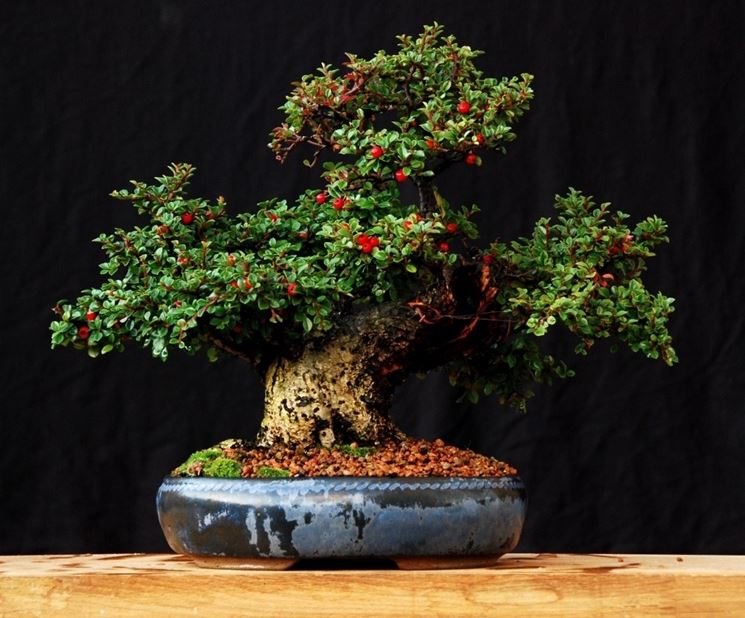
During the spring season the bonsai should be kept exposed to direct sunlight to ensure good health and a luxuriant flowering, thanks to the increase in flower buds. In the summer season the tree can be placed in a sunny spot, but having the foresight to cover the pot to prevent the roots from overheating or you can opt for exposure to the sun in the morning and a place in the shade of afternoon. During the autumn season, as in spring, the Cotoneaster will be kept outdoors to allow it to continue with the vegetative development. In the winter season the plant can stay outside without any problem as it does not fear low temperatures. In mountainous areas, or in any case if the temperature drops below 10 ° C below zero,
Watering and pruning of bonsai
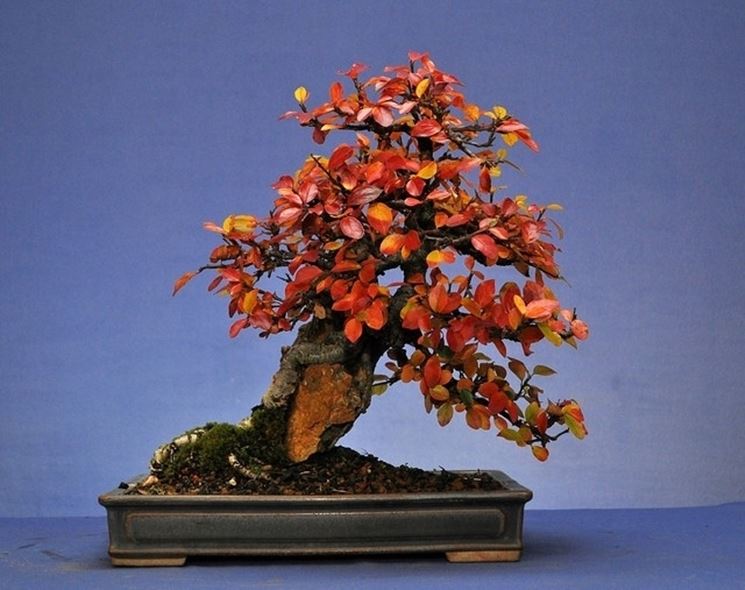
Irrigation is done with a watering can equipped with a shower head with small holes, when the substrate is totally dry. Water sufficiently and repeat the operation 2 more times, after a few minutes, to make sure that all the soil has absorbed the water. In winter it is necessary to irrigate less and absolutely avoid water stagnation, which can cause dangerous root rot. The training pruning of the bonsai is carried out in winter, between December and March, removing all those parts that are not useful for achieving the desired style. After pruning, the sapling will develop many new twigs, of which only the ones you need will have to be left. The pruning technique varies according to the style. For the inverted broom, the hair should be pruned as if it were a hedge, ignoring the origin and direction of the branches. For the other styles, one of the 2 branches that grow in pairs is cut, the vertical branches, the crossed ones and those that fold towards the stem.
Cotoneaster bonsai: Fertilization, pinching and repotting of the Cotoneaster
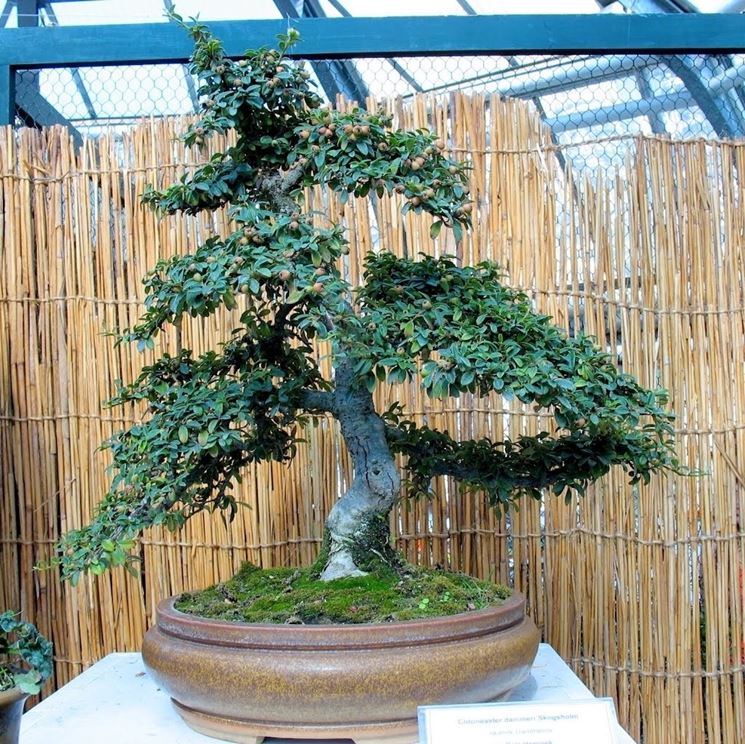
The fertilization of Cotoneaster Bonsai should be carried out from April to September, interrupting it during flowering. The use of fertilizers not too rich in nitrogen favors a luxuriant flowering and, consequently, an abundant fruiting. Pinching is done at the end of May, when the bonsai has produced many new shoots and leaves. The intervention, which serves to keep the foliage thick and homogeneous, is carried out with long scissors, shortening the small branches at the level of the first and second internodes, when they have produced at least 5. The young specimens of this bonsai may need be repotted every year. The mature specimens, on the other hand, need this intervention every 2 years. The most suitable period is during the winter vegetative rest. Once the plant has been extracted,

